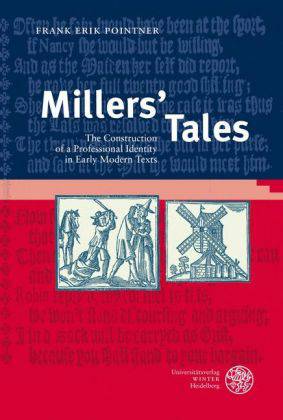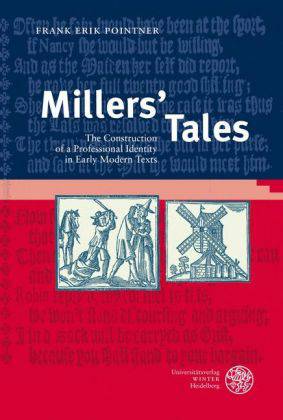
Door een staking bij bpost kan je online bestelling op dit moment iets langer onderweg zijn dan voorzien. Dringend iets nodig? Onze winkels ontvangen jou met open armen!
- Afhalen na 1 uur in een winkel met voorraad
- Gratis thuislevering in België vanaf € 30
- Ruim aanbod met 7 miljoen producten
Door een staking bij bpost kan je online bestelling op dit moment iets langer onderweg zijn dan voorzien. Dringend iets nodig? Onze winkels ontvangen jou met open armen!
- Afhalen na 1 uur in een winkel met voorraad
- Gratis thuislevering in België vanaf € 30
- Ruim aanbod met 7 miljoen producten
Zoeken
€ 43,45
+ 86 punten
Omschrijving
From the early Middle Ages to the dawn of the Industrial Revolution, one of the most vital categories used to construct a human being's identity was his or her profession, as a whole array of family names deriving from traditional trades still attests today. This study traces the various ways in which texts from the 14th to the 18th centuries constructed the identity of one of the most notorious craftsmen, the miller, by focusing on street and folk ballads, folk songs, children's games, judicial documents and various prose writings. A thorough analysis of these texts in their cultural contexts suggests that the image of the miller as an aggressive, lecherous thief, so familiar from Chaucer's 'The Reeve's Tale', has remained relatively constant throughout the centuries, differing, however, in the degree of the aspersions cast on the man of flour. The study is supplemented by an annotated edition including all the texts discussed, many of which have not been edited since they were first printed hundreds of years ago.
Specificaties
Betrokkenen
- Auteur(s):
- Uitgeverij:
Inhoud
- Aantal bladzijden:
- 248
- Taal:
- Engels
- Reeks:
- Reeksnummer:
- nr. 394
Eigenschappen
- Productcode (EAN):
- 9783825355456
- Uitvoering:
- Hardcover
- Gewicht:
- 552 g

Alleen bij Standaard Boekhandel
+ 86 punten op je klantenkaart van Standaard Boekhandel
Beoordelingen
We publiceren alleen reviews die voldoen aan de voorwaarden voor reviews. Bekijk onze voorwaarden voor reviews.











